Uncover Reims's vibrant flavors and culinary gems with our expert guides. Plan an unforgettable trip now!
Read more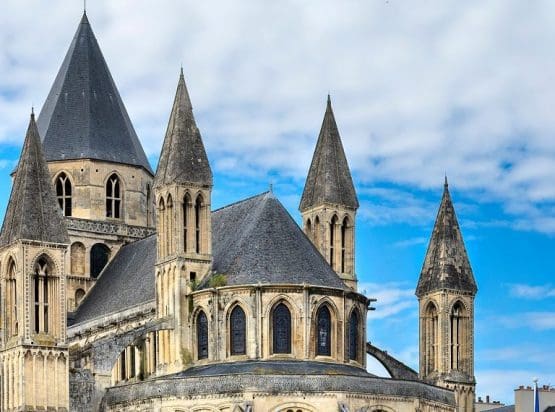
EXPLORE ALL OUR EXPLORE THE BEST FRENCH WINE REGIONS: A COMPLETE GUIDE
Last updated: April 4, 2025
The name Champagne carries almost mystical properties for wine lovers. The world’s most famous sparkling wines are made here: Krug, Dom Perignon, and Cristal are as prestigious – and sought after – as Burgundy’s La Tache and Bordeaux’s Lafite. Today, no luxury event can omit a bottle (or jeroboam) of a leading brand from this venerable region. Bubbles from elsewhere, however good, cannot be Champagne.
Yet, although the marketing would suggest otherwise, Champagne is not a monolithic category. Au contraire mon amis: a broad spectrum of styles and price points are available, including white, rosé, single varietal, single vineyard, super bling, and relatively affordable. Certain producers, such as Krug, favor maturation in wood and a period of exceptionally long aging, producing deeply complex and structured wines.
At the other end of the spectrum are supermarket private labels – very drinkable but hardly earth-shattering. Indeed, many Champagne houses, cooperatives, and growers are bottling wine under their own labels in this beautiful region.
And yet, they all fall under the auspices of just one appellation. How is it possible to keep such a diverse group of stakeholders united under one overarching banner? The answer is regional brand power: few destinations can invoke the mystique of the name ‘Champagne.’
Discover More About French Wine
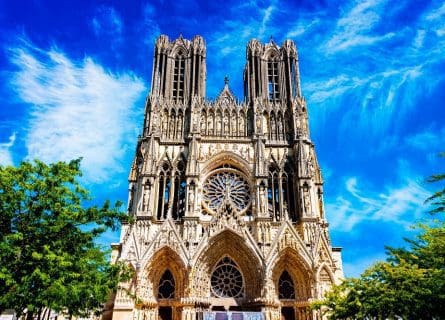
Champagne has been producing still wines since the days of the Romans; Caesar’s armies conquered Gaul (France) in the last century BC. During this period, the Romans called Champagne “Campania” (plain), a rich agricultural province in northeastern France heavily planted with vines. It became a vital part of the Roman economy. Peace and prosperity reigned for over four centuries; the Western Roman Empire, once a beacon of political stability, disintegrated in AD 476.
In the aftermath, one of Champagne’s most famous historical figures, the Merovingian king Clovis I, founded the Frankish kingdom in the 5th century. The Franks held power for six centuries and started the tradition of having royal coronations in the city of Reims – Champagne’s capital. Throughout a millennium, over 30 kings and queens began their reigns in the city’s glorious cathedral.
Medieval Champagne: A Hub of Commerce and Viniculture
By the Middle Ages, Champagne had generated vast wealth by organizing commercial fairs: European merchants bought and sold goods of all descriptions at these lucrative exchanges.
Meanwhile, Champagne wines were still and highly acidic during this period, served in the taverns of Paris and Reims as pale ‘vin gris.’
Nevertheless, the French navigator and explorer Binot Paulmier described the wines of Ay as “the ordinary drink of kings and princes.” In the 1500s, Cardinal Wolsey ordered a barrel of ‘Vin d’Ay’ sent from an Abbey in Champagne.
The Birth of Sparkling Champagne
Yet the region’s name was not widely associated with sparkling wine until the 18th century. The traditional method was discovered by English scientist Christopher Merret, much to the chagrin of the Champenoise (people from Champagne). In 1662, Merret delivered a presentation to the Royal Society in London.
He said:
“Our wine coopers of later times use vast quantities of sugar and molasses to all sorts of wines to make the drink brisk and sparkling, to give them spirit and to mend their bad tastes.”
Therefore, the English invented ‘Champagne’ long before the legendary monk Dom Perignon started blending different wines to create something far greater than the sum of its parts.
Rise to Global Prominence
In the late 17th century, producers in Champagne started experimenting with the traditional method or, as they’d prefer, the méthode champenoise. According to wine historians, the French elite initially rejected sparkling white wines as faulty; this somewhat contradicts some of our romantic conceptions of Champagne!
The 18th century saw the habit of drinking sparkling wines from northeastern France take hold. In fact, 1729 witnessed the founding of Champagne’s oldest house, Ruinart.
However, the critical mass of wines exported did not sparkle until the early 19th century, when Champagne became the toast of Europe’s aristocracy.
So why the change of heart? Several pioneers helped to make Champagne trendy, including George Washington (he served Champagne to senators in 1790) and the great Charles-Camille Heidsieck. The founder of this eponymous house traveled across the US in the 19th century, proselytizing this fizzy beverage as the ultimate celebratory tipple.
Alexander II, the tsar of Russia, was another famous advocate of Champagne during this period. By the 20th century, high society regarded Champagne as de rigueur at any glamorous function. Its reputation—and international cachet—remain as potent in 2023.
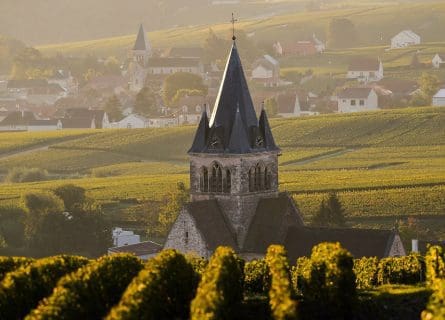
East of Paris (by 144 kilometers) lies an area of outstanding natural beauty – the Champagne vineyards. The region has long been famous for its deep chalk soils and temperate climate – both ideal for producing superlative fizz.
Moreover, Champagne’s calcareous terroir is rich in lime deposits, which encourages a low pH in the berries as they ripen and an accompanying high level of acidity. The area’s maritime climate ( cold winters and relatively mild summers) is another important factor in the local quality equation.
It is a widely trusted axiom that the finest sparkling wines come from cool climates; overripe base wines will produce flat and anodyne bubbly that lacks bite and freshness. The truth is that you need a surfeit of lactic acid in sparkling wine: lots of it. It provides the structure backbone and gives Champagne its ability to age.
The Diverse Subregions of Champagne
Today, five key subregions divide the appellation, each producing a unique style of base wine. These variances arise chiefly due to altitude, position, and latitude differences. The most famous of these viticultural zones is undoubtedly the Montagne de Reims.
It lies just south of Reims and is famed for producing vibrant, full-bodied Champagnes. Pinot Noir and Pinot Meunier are the predominant varieties here; this is not a white wine country. The village of Bouzy is as well known for producing the still Coteaux Champenois reds as its sparkling wines.
Vallée de la Marne and Côte des Blancs: The Heart of Champagne
Meanwhile, the Vallée de la Marne to the northwest of the Montagne De Reims stretches east along the River Marne. The district’s center is the town of Epernay, a beautiful historical center full of famous Champagne Houses nearly back-to-back and delightful shops enticing you with their vinous wares. White grapes are predominant here, and the wines are a touch lighter than those from the Montagne de Reims, with more elegance and refinement.
Further east, the Côte des Blancs is, as the name suggests, white wine territory. Chardonnay is virtually the exclusive grape variety with very few red plantings. The famous villages of Avize, Le Mesnil-sur-Oger, and Vertus are found here, the connoisseurs’ choice of Champagne.
The Côte de Sezanne and The Aube: Expanding Champagne’s Horizons
Moving to the southwest of the Champagne area, north of the town of Troyes, is the Côte de Sezanne, with the small town of the same name as its heart. Chardonnay dominates the vineyards again, accounting for some seven out of every ten vines.
Way to the south of Troyes and away from the main Champagne appellation boundaries is the Aube. The area is one hundred miles from Reims. At present, the Aube is mainly planted with Pinot Noir. However, there is a strong case for increasing the amount of Chardonnay, as the clay and limestone soil suit the variety well.
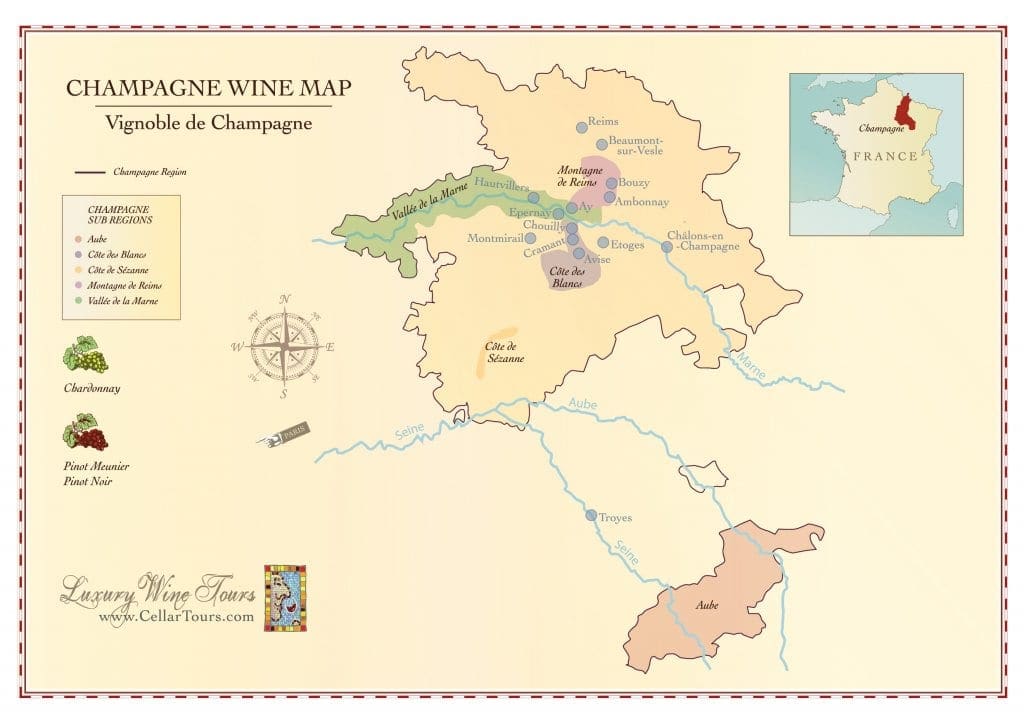
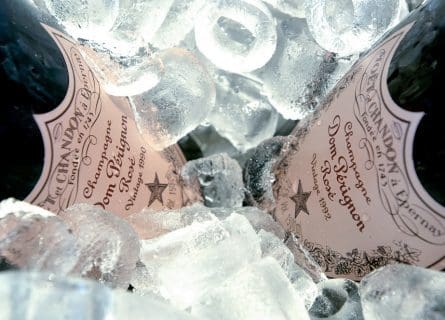
Terroir is important in Champagne, but it is not kingmaker. On the contrary, the uniqueness and magic of Champagne lie not in the soil but in the variety of styles available and the skill and prowess of the master blender or ‘chef de cave.’ Once fermented, they blend potentially hundreds of different wines to achieve the quality and style consistent with the brand. Their individual choices and flair for the job can make or break Champagne.
The Traditional Method: A Regulated Craft
Yet, regulations and controls govern many processes used to make this iconic wine style to the nth degree. Every bottle of Champagne must be produced via the traditional method: after the wines have been fermented, they are bottled with the addition of sugar and yeast called the liqueur de tirage.
This kickstarts a secondary fermentation, releasing carbon dioxide into the wine. However, it also produces dead yeast cells (lees) that must be removed eventually. Before that happens, though, this yeasty sediment will interact with the wine over months – or years – to increase its depth and complexity. This magical alchemy imparts a wide range of flavors: hazelnuts, coffee, vanilla, and brioche are all commonly detected.
Riddling and Dosage: Perfecting the Champagne
But, when the time is right, workers or machines place the bottles in racks and slowly twist them to ensure all the lees have collected in the underside of the cap. This process, called riddling, sees the best producers always relying on the human touch.
After that, the upended bottles have their necks frozen in brine, and the cap is removed, ejecting the yeasty sediment. The Champagne is then topped up with a wine/sugar solution and corked. The topping-up wine is used to offset the acidity: about 9g/l of sugar (known as dosage) is typical in non-vintage Champagne.
Assemblage: The Heart of Champagne Creation
However, before this can begin, the winemaker has a series of important decisions. We call this stage ‘assemblage,’ arguably far more important than the simple mechanics of producing traditional method fizz.
As a rule, growers will work with three grape varieties: Chardonnay, Pinot Noir, and Pinot Meunier. The vast majority of NV (non-vintage) Champagnes are a blend of this trio; it is said that Pinot Noir contributes structure, Chardonnay brings freshness, and Pinot Meunier is responsible for the upfront fruit and spicy/flowery aromas.
Nevertheless, there is no exact recipe: percentages used can vary wildly, depending on the vintage and preferences of the Champagne brand.
The Spectrum of Champagne Styles
Meanwhile, older wines, called reserves, are added to NV Champagnes to ‘fill the gaps.’ For example, winemakers will select base wines from older vintages brimming with acidity in a warm year – and the reverse is true.
There are also single-varietal Champagnes known as Blanc de Blancs (100% white grapes) and Blanc de Noirs (100% red grapes). There are also some rare single-vineyard expressions, such as Clos de Mesnil (Krug), that command very high prices.
From Non-Vintage to Deluxe Bottlings
Of course, any celebration will inevitably involve the flag-bearer: non-vintage blends. They can be excellent and affordable introductions to the wines of the region.
The next category is vintage: white and rosé. Champagne drinkers should expect the vintage cuvées to be a significant step up from the generic blends. To make the pink rosés, winemakers often add a little red wine—the best results generally come from Pinot Noir.
Last but by no means least are the deluxe bottlings. These are the top end of the Champagne spectrum, uber-expensive and luxurious. There is a wide range of styles, and the best are among the world’s finest white or rosé wines. Expect great complexity, elegance, and finesse. What are the names to look for?
Dom Perignon, Cristal, Krug, Pol Roger, Sir Winston Churchill, Dom Ruinart, and La Grande Dame are the most famous brands. Their cachet is unbeatable, but you’ll pay for the pleasure.
Every major appellation has experienced a series of dramatic shocks over the past 15 years, and Champagne is no exception. From the rise of Prosecco to climate change, a rapidly changing world has forced this iconic vineyard to adapt.
Meanwhile, Champagne has had to accept that nations such as South Africa and Australia, while lacking its prestige, are exporting sizable volumes of premium fizz. They compete fiercely on price and, in some cases, offer better value for money. C’est vrai: Champagne does not have the quality market sown up. Only snobs would turn their noses up at the traditional method sparkling from the beautiful island of Tasmania – or Napa Valley.
The Enduring Allure of Luxury Champagne
Yet Champagne has retained its confidence and verve, safe in the knowledge that some collectors won’t drink anything else! Indeed, in the luxury segment, no brand can rival the glamor of Krug and Dom Perignon – just ask the celebs.
Some of these wines are so wildly expensive that they have no business being anything other than wonderful. But, with such slick marketing, it would be easy (and perhaps tempting) for producers to let standards slide. Fortunately, these long-aged sparkling wines are simply magnificent: their finesse and complexity have no equal.
The Commitment to Quality Among Grandes Marques
Moreover, top Champagne makers craft their wines to last, gradually revealing depth and dimensions that other sparkling wines can only dream of. For this reason, the Grandes Marques maintain their sedulous obsession with quality. They understand that their audience expects nothing less and is too sophisticated to purchase on reputation alone. Especially at these prices!
Discovering the Value in Vintage Champagne
However, this deluxe end of the market is not the only place to look for Champagne that is a cut above. The region holds a secret: Vintage Champagne is an astounding bargain. Officially, a house’s standard vintage cuvée is a step below the prestige bottling – Louis Roederer’s Cristal, etc – but the reality is somewhat different.
Vintage Champagnes are more expensive than NV, but often only slightly. They deliver some of the best value in Champagne; the quality is only slightly below the deluxe label, yet the price is significantly lower. We have sampled bottles of Cristal (tasted blind) alongside a portfolio of Roederer vintages.
The results were very interesting: in many cases, the standard vintage received higher scores from the group.
The Connoisseur’s Choice: Embracing Vintage Champagne
They also offer a unique expression of the growing season. Do you seek the concentrated vinosity of 2015 or the elegance of 2013? Vintage will show it. Thus, a trade secret within Champagne is the real connoisseur’s choice. You heard it here first: sybarites buy vintage and leave the bling to rock stars.
Chardonnay is a green-skinned grape varietal native to the Burgundy wine region in France and one of the most popular varieties worldwide.
Find out morePinot blanc is a white wine grape varietal, that is a mutation of Pinot noir grape. It is planted in mostly Alsace, Germany and Northern Italy.
Find out morePinot noir is a light-bodied red wine varietal closely related to the Vitis vinifera grape and produces the most sought-after red wines in the world.
Find out morePinot Meunier is a cold-weather-resistant grape that tends to yield lighter, fruity wine and is the lifeblood of the Champagne region.
Find out moreThe famous Champagne route weaves through vine-covered slopes between picturesque villages, where even the most isolated hamlet will offer a good restaurant or two. Yet most gastronomes head to Reims or Epernay to experience Champagne’s finest cuisine. Several exceptional Michelin-starred venues exist in the wider region.
At the same time, a more casual vibe defines the brasseries and bistros that line the brightly lit Drouet d’Erlon, the focal point of Reims’ food scene. Escargots de Champagne (snails in a Champagne sauce) and pig’s trotters à la Sainte-Ménehould are two standout local delicacies. But there are many more.
Champagne Gastronomy Guide: Read more

Uncover Reims's vibrant flavors and culinary gems with our expert guides. Plan an unforgettable trip now!
Read more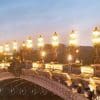
Uncover Paris's vibrant flavors and culinary gems with our expert guides. Plan an unforgettable trip now!
Read more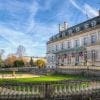
Uncover Epernay's vibrant flavors and culinary gems with our expert guides. Plan an unforgettable trip now!
Read moreIf you would like us to customize an exclusive luxury tour, contact us and let us know your travel plans. We offer luxury food and wine tours for private groups of a minimum two guests. In addition, all of our private, chauffeured tours are available year-round upon request.

